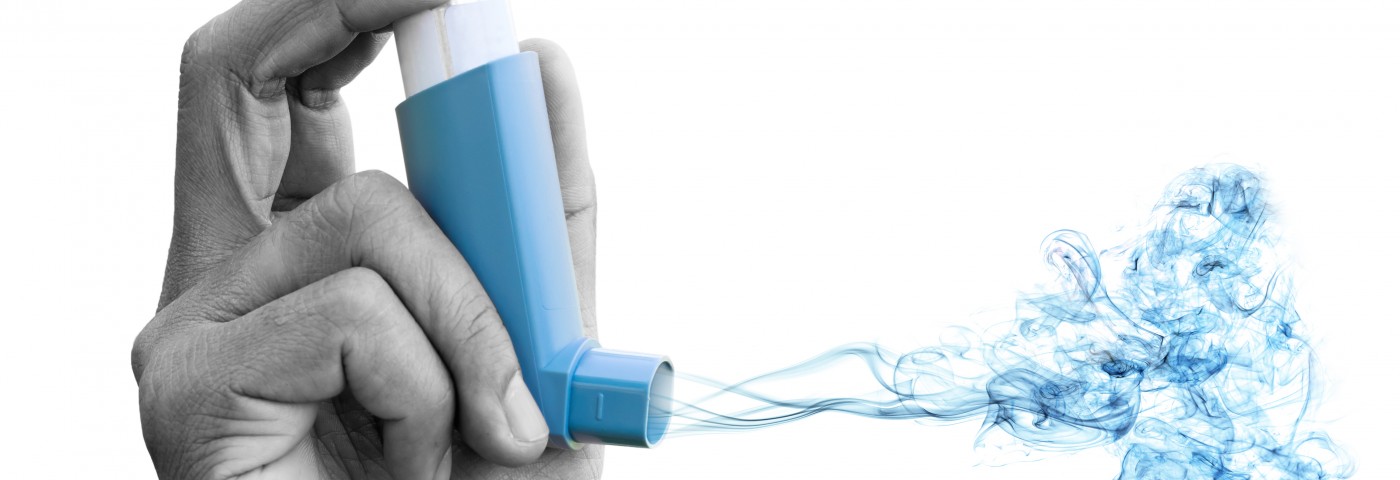Inhalation of dry powder tobramycin free base is well-tolerated by non-cystic fibrosis (non-CF) bronchiectasis patients, according to a recent study, “Tolerability and Pharmacokinetic Evaluation of Inhaled Dry Powder Tobramycin Free Base in Non-Cystic Fibrosis Bronchiectasis Patients,” published in the open access journal PLOS One.
Bronchiectasis is a disease characterized by dilated bronchi and airway inflammation, culminating in chronic production of sputum and long-term bacterial colonization of the airways. Usually divided in bronchiectasis caused by cystic fibrosis (CF) and non-cystic fibrosis bronchiectasis, previous studies revealed that in patients with stable non-CF bronchiectasis, 13 to 31 percent develop infections with Pseudomonas aeruginosa. Colonization of patients’ lungs with P. aeruginosa is associated with disease worsening, as denoted by higher hospitalization rates, reduced quality of life, and frequent use of antibiotics.
Current treatments for non-CF bronchiectasis patients infected with P. aeruginosa include the use of pulmonary tobramycin (as sulphate) or colistin (as sulphomethate sodium), often in combination with orally administered macrolides (a class of antibiotics that includes erythromycin, roxithromycin, azithromycin, and clarithromycin). However, the use of macrolides in non-CF bronchiectasis patients is still debatable.
The research team determined the local tolerability and pharmacokinetic parameters of dry powder tobramycin in non-CF bronchiectasis patients. More specifically, the researchers tested the effects of increasing doses of dry powder tobramycin free base administered using the Cyclops dry powder inhaler without excipients (both free base and absence of excipients reduces the inhaled powder dose).
To achieve this, researchers trained eight non-CF bronchiectasis patients in how to use the device and inhale correctly. The team measured the inspiratory flow curve while patients were inhaling, and assessed local tolerability by spirometry, with serum sample collections at different points of time.
Researchers observed that dry powder tobramycin base was well-tolerated by the patients, with cough due to tobramycin use reported only once (only two participants started coughing after inhalation). Moreover, the team observed a good correlation between the drug dose and serum concentration.
In conclusion, this was the first study assessing the use of tobramycin free base using the Cyclops dry powder inhaler in non-CF bronchiectasis patients, and researchers found it was well-tolerated. Now, follow-up studies are needed to the assess the safety and efficacy of the compound in non-CF bronchiectasis patients.

